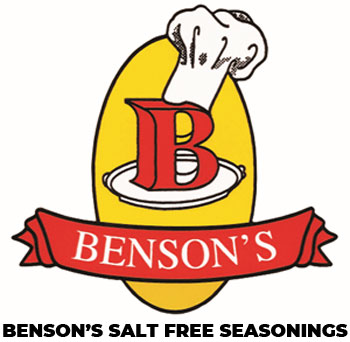Over 5 million Americans today live with heart failure and up to 700,000 new cases are diagnosed every year. Around half of those people will die within 5 years of developing it, and an average of 250,000 people die from it annually. Early diagnosis combined with new treatments are allowing people with heart failure to live longer, more normal lives. Disease prevention, however, is always preferable. Embracing a healthy lifestyle, including a low sodium diet, can significantly lower your risk.
A weakened heart will struggle to supply the organs of the body with necessary blood and oxygen. The heart may enlarge from these attempts as it becomes further weakened. This weakened and struggling state is called heart failure, although it is still beating.
Because the heart is still beating, blood continues to pump into it even as the blood leaving it is slowed. The returning blood gets backed up and causes congestion in bodily tissues. Swelling, called Edema, results in the legs and ankles and throughout the body. They are often used interchangeably, but congestive heart failure is actually an advanced type that develops as the heart failure gets worse.
Fluid from the congestion can cause hypertension along with problems in other parts of the body. It can collect in the lungs and cause difficulty breathing, which is called pulmonary edema. The extra fluid in the system can disrupt the ability of the kidneys to filter out water, sodium, and wastes. There may be damage to the kidneys which will lead to more health issues. Inability to properly balance bodily fluids, hormones, and chemicals can result in diabetes.
High blood pressure, kidney diseases, and diabetes are not just possible effects of congestive heart failure, they can also cause it. Other risks include a personal or family history of defects, such as heart murmurs, heart attacks, or an enlarged heart.
You can’t change your family history, but switching to a low sodium diet will reduce all the other risk factors. The body needs salt to function properly, but too much of it causes water retention. That retained water adds extra volume to the blood, which is what can lead to high blood pressure (hypertension), diabetes, and kidney disease.
People often have the impression that a low salt diet means a flavorless, bland diet, but it doesn’t have to. There are many flavorful foods that are naturally low in sodium. Try using a citrus juice like lemon, lime or orange instead of a sodium-heavy marinade. Expand your palate by using other herbs and spices such as oregano, basil, sage, thyme, pepper, chili, curry, onion, and garlic in place of salt.
A wide variety of salt-free seasonings and salt substitutes can be used to help add flavor and lower sodium intake. These include both blends of spices that simply do not include salt and blends with salt substitutes usually potassium chloride.
One thing to note. Salt substitutes are a great choice as long as you have healthy kidneys. However, they frequently are very high in potassium, which is bad for damaged or unhealthy kidneys. Look for salt-less seasoning blends or salt substitutes that are low in potassium if you have kidney problems or are at risk for them.
A low sodium diet can be the key to reducing your health risks and it doesn’t have to be bland. Increase the flavor and cut the salt.
